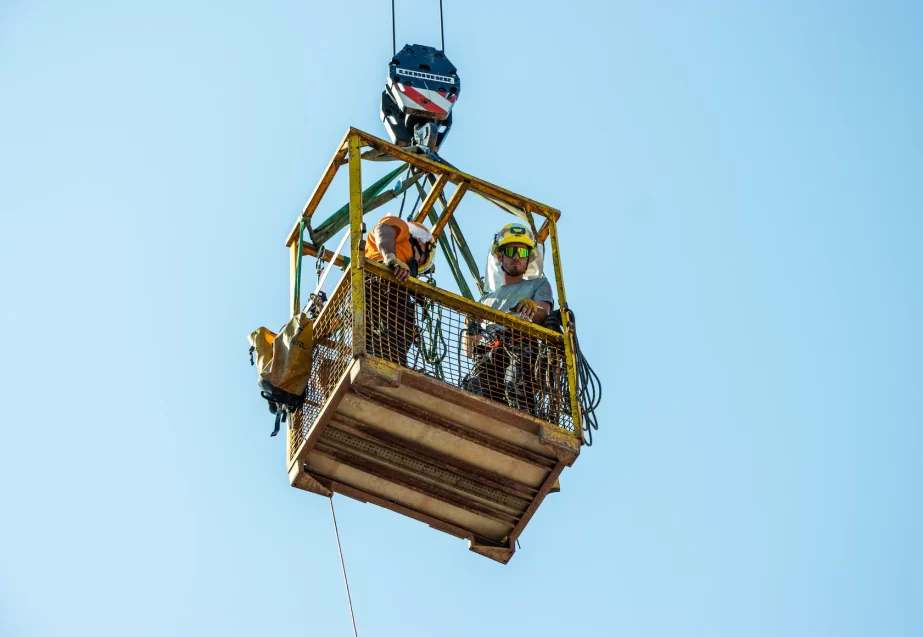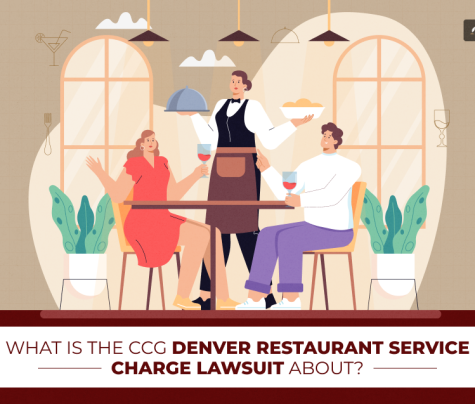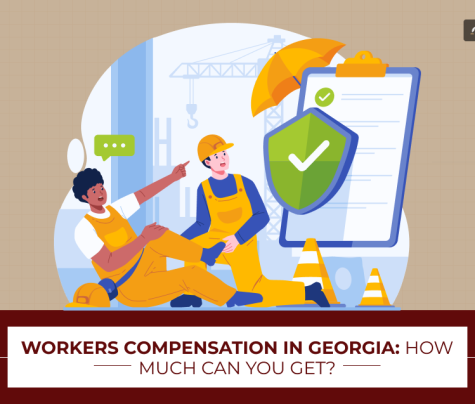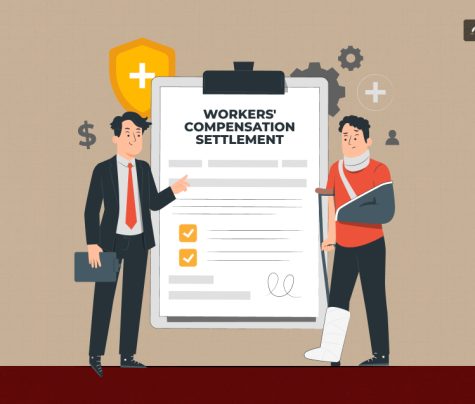
Workplace negligence occurs when an employer fails to provide employees with a safe and healthy working environment.
This can lead to a variety of injuries and illnesses, from minor cuts and bruises to serious accidents and long-term health problems.
It’s important to understand your rights as an employee and know what steps to take if you believe your employer is negligent.
By being aware of the laws and regulations that protect workers, you can help ensure a safer workplace for yourself and your colleagues.
In this blog, I will discuss the different types of workplace negligence, the legal implications, and the steps you can take to protect yourself and seek compensation.
Moreover, I will also explore the importance of workplace safety and how employees can contribute to a safer working environment.
Workplace Negligence: Understanding this Breach of Duty
Workplace negligence occurs when an employer fails to exercise reasonable care to provide employees with a safe and healthy working environment.
This can lead to a variety of injuries and illnesses, from minor cuts and bruises to serious accidents and long-term health problems.
Types of Workplace Negligence:
There are several common types of workplace negligence, including:
- Unsafe working conditions: This can include hazardous equipment, slippery floors, poor lighting, or exposure to dangerous chemicals.
- Failure to provide adequate safety training: Employees must be properly trained on safely operating equipment and working in hazardous environments.
- Negligent hiring and supervision: Employers must hire and supervise competent employees who are performing their jobs safely.
- Failure to provide adequate medical care: The employer must provide necessary medical treatment if an employee is injured.
Legal Implications of Workplace Negligence:
If an employee is injured due to workplace negligence, they may be entitled to compensation for their medical expenses, lost wages, and pain and suffering.
In some cases, the employee may also be able to recover punitive damages if the employer’s negligence was particularly egregious.
Proving Workplace Negligence:
To prove workplace negligence, an employee must generally show that the employer.”
- Had a duty to provide a safe working environment.
- Breached that duty by failing to exercise reasonable care.
- Caused the employee’s injury due to negligence.
- Suffered damages as a result of the injury.
Legalities Related to Workplace Negligence
Before you can take meaningful action, understanding the landscape of laws and regulations is vital. Hiring a lawyer can help you better understand the legal framework. But even without one, it’s easy to grasp the legal environment.
Federal Laws
At the top of the hierarchy is federal legislation, such as the Occupational Safety and Health Act, commonly known as OSHA.
This legislation is extensive, affecting most private and some public sector employers.
OSHA sets broad guidelines and standards to eliminate or at least minimize workplace hazards.
State-Level Regulations
Don’t make the mistake of thinking federal laws are your only concern. State governments often have rules and regulations that can sometimes be even more stringent than federal laws.
For example, states like California have a separate Cal/OSHA department that works with federal OSHA but imposes additional requirements.
Industry-Specific Guidelines
Are you in construction? Healthcare? Retail? Different sectors often have industry-specific safety standards.
For instance, healthcare workers must comply with regulations around patient handling and infectious diseases, while construction sites have their own hazard guidelines. Ignorance of these specifics is no defense in a court of law.
Workers’ Compensation Laws
While not directly a safety regulation, Workers’ Compensation laws come into play when an employee gets injured.
Failure to adhere to safety regulations can significantly complicate these cases, leading to higher payouts and additional legal actions.
International Laws
You might also have to contend with international standards if your business operates across borders.
For example, the International Labour Organization (ILO) has guidelines many countries adhere to. Navigating these can be complex but is essential for multinational corporations.
Legal Ramifications Of Neglect
Cutting corners on worker safety is a dangerous game with high-stakes consequences. This isn’t an area where ignorance is bliss; rather, ignorance can be financially crippling and legally disastrous.
Civil Lawsuits
Employees have the right to a safe workplace; failure to provide this opens the door for lawsuits. A civil case could cost your company more than just legal fees; you could be looking at substantial settlement amounts that can ruin your bottom line.
Fines and Penalties
Regulatory bodies, like OSHA, can impose fines on companies violating safety standards.
These fines range from small amounts for minor violations to eye-watering sums for egregious offenses. And remember, state agencies might pile on additional fines.
Criminal Liability
In extreme scenarios where negligence leads to catastrophic events like severe injuries or deaths, corporate executives could face criminal charges. These are not just headline-grabbing instances but a very real, albeit rare, outcome of overlooking safety protocols.
Actionable Steps for Ensuring Compliance and Safety
You can avoid the doom and gloom of legal ramifications. But how? The answer lies in proactive planning, regular audits, and a commitment to fostering a safety culture.
Risk Assessments
Start by conducting thorough risk assessments across all areas of your business. Determine the potential hazards and assess the existing safety protocols. Regularly update these assessments to accommodate any changes in operations or regulations.
Equipment and Maintenance
Never underestimate the role of equipment in ensuring a safe work environment. All safety gear and machinery should meet or exceed industry standards.
Try EDGE Fall Protection if you’re looking for safety equipment for height workers. They have a selection of products that adhere to stringent requirements.
Regular maintenance checks should be part of the routine, and any equipment found to be faulty must be repaired or replaced immediately.
Employee Training
Invest in comprehensive training programs that educate your employees on safety protocols, emergency responses, and the use of safety equipment. An informed team is safe, and training can prove your commitment to safety in case of legal scrutiny.
Compliance Audits
Periodic internal and external audits can help you catch compliance gaps before they lead to problems. If gaps are found, take corrective action immediately and document your efforts.
Legal Consultation
Hire or consult with legal experts who specialize in labor laws and worker safety. These professionals can provide targeted advice on compliance, assist in legal documentation, and represent you in case of litigation.
Record-keeping
Maintaining detailed records of safety protocols, training sessions, and incident reports can serve as invaluable proof of compliance during legal proceedings or audits.
Communication
Open lines of communication between management and staff about safety issues. Encourage employees to report hazards or unsafe practices and act promptly on their concerns.
Deal with Workplace Negligence
Workplace negligence can have detrimental effects on workers’ physical and mental health. If you feel that your employer has not provided a safe working environment, it is imperative that you are aware of your rights and take appropriate action.
Additionally, you can safeguard your rights and hold your employer responsible by recording incidents, getting medical help, and speaking with a lawyer.
And yes, always remember that having a safe workplace is a fundamental right and that you shouldn’t worry about workplace safety.
Read Also:
- How To Become A Lawyer
- How To Find A Personal Injury Lawyer In 7 Steps
- DUI Lawyer Kansas City: Things You Should Know Before Picking THE One!










0 Reply
No comments yet.